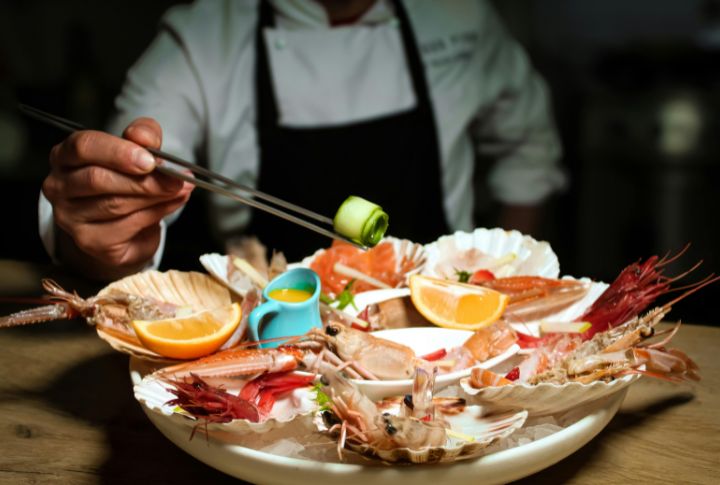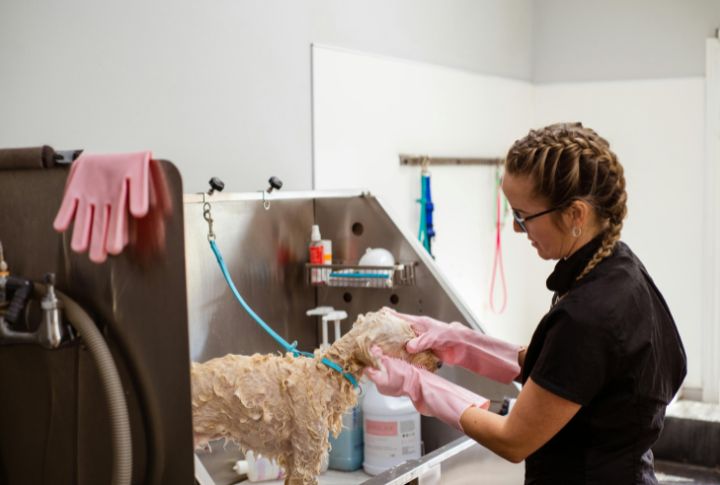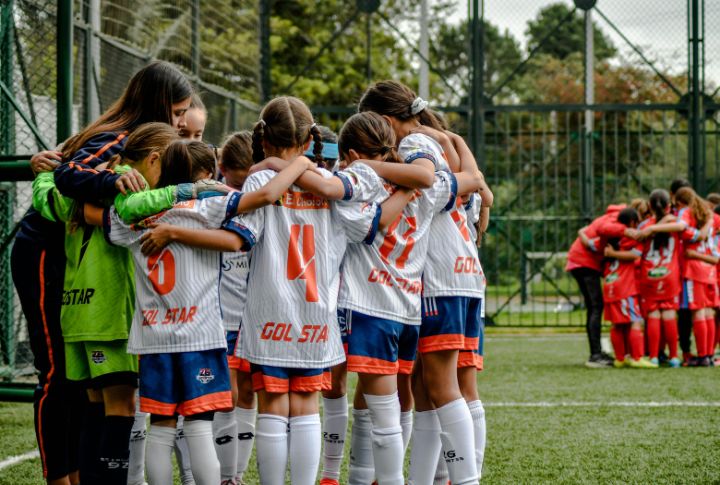
The meaning of wealth is evolving, and so is the distance between those who have and those who hope to keep up. As prices rise faster than expectations, ordinary comfort risks turning exclusive. What was once a shared standard of living is slipping toward rarity. Here’s a closer look at what that future might bring to everyday life.
Homeownership In Major Metropolitan Areas

As mentioned by InvestorObserver, when San Jose homebuyers need an extra $215,000 above the median income just to afford typical houses, it’s a wake-up call to America’s housing crisis. Nearly a third of major metros have already priced out the middle class, though pockets of attainability persist in Louisville and Jackson—at least for now.
Regular Dental Care Beyond Basic Checkups

Many families plan around dental insurance, expecting solid coverage, but that safety net is wearing thin. Checkups are still covered, yet rising costs and slow wage growth make real care harder to afford. By 2030, quality dental treatment could become something only the wealthy can manage.
Four-Year College Degrees Without Debt

Once a cornerstone of middle-class advancement, a debt-free college education has become a luxury few can afford. While tuition costs have soared past inflation rates to reach $80,000 annually at elite institutions, according to BestColleges, middle-class wages crawl forward at just 1.4% as stated on the US Bureau of Labor Statistics.
Fresh Wild-Caught Seafood Regularly

Climate change and overfishing have devastated wild seafood populations, triggering supply chain shockwaves that send prices soaring beyond the reach of the middle class. With wild salmon hitting $40 per pound in major cities, restaurants and retailers are increasingly pivoting to farmed alternatives, so fresh-caught seafood is drifting steadily toward luxury status by 2030.
Professional Childcare Services

Here’s a harsh truth: in major cities, full-time infant care now costs more than a state university. According to the Child Care Aware of America, professional childcare now devours over 20% of family incomes, with center-based care exceeding $20,000 annually in urban areas. It’s no surprise that many parents rely on relatives instead of licensed providers.
Pet Ownership With Comprehensive Veterinary Care

Remember when routine vet visits were just another monthly expense? Those days are vanishing fast. Today’s pet parents face emergency visits topping $2,000 and specialized MRIs reaching $3,500, while preventive care costs sprint past wage growth. By 2030, comprehensive veterinary care will stretch beyond many middle-class families’ reach.
Youth Sports Leagues And Equipment

Youth sports once defined middle-class family life, but rising costs are changing everything. Today’s families face mounting participation fees reaching thousands per season, with equipment and travel expenses for competitive leagues outpacing median household incomes. So, in a few years, these rising costs may restrict regular youth sports participation to upper-class families.
Restaurant Dining As Regular Leisure

This will be a luxury before the decade ends. As wages stay flat and restaurant prices climb higher each year, families begin to rethink what counts as a treat. Eating out becomes less about convenience and more about celebration. For many, those spontaneous dinners out will soon feel like rare rewards, not casual outings.
Quality Cuts Of Red Meat Regularly

Gone are the days when middle-class shoppers casually tossed $25-per-pound prime cuts into their carts without wincing. Today’s inflation-battered consumers are doing the meat-market shuffle, tiptoeing past premium beef and lamb displays. They are quickly becoming symbols of wealth rather than staples of everyday dinner tables.
Annual Family Vacations

By 2030, the great American family road trip may join the ranks of extinct traditions, alongside dial-up internet and mall food courts. The culprit? A perfect storm of skyrocketing travel costs and wages that move slower than a tourist in Times Square, forcing middle-class families to trade their vacation dreams for “staycation” schemes.
